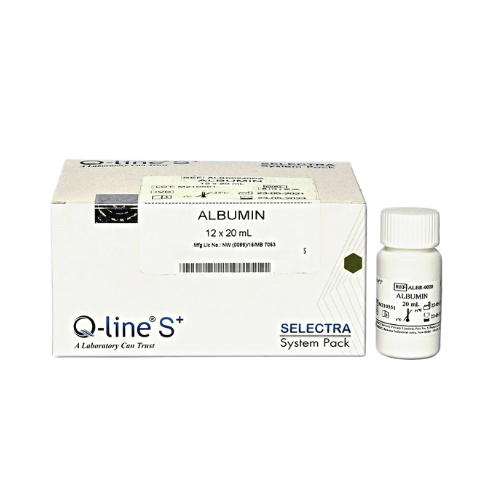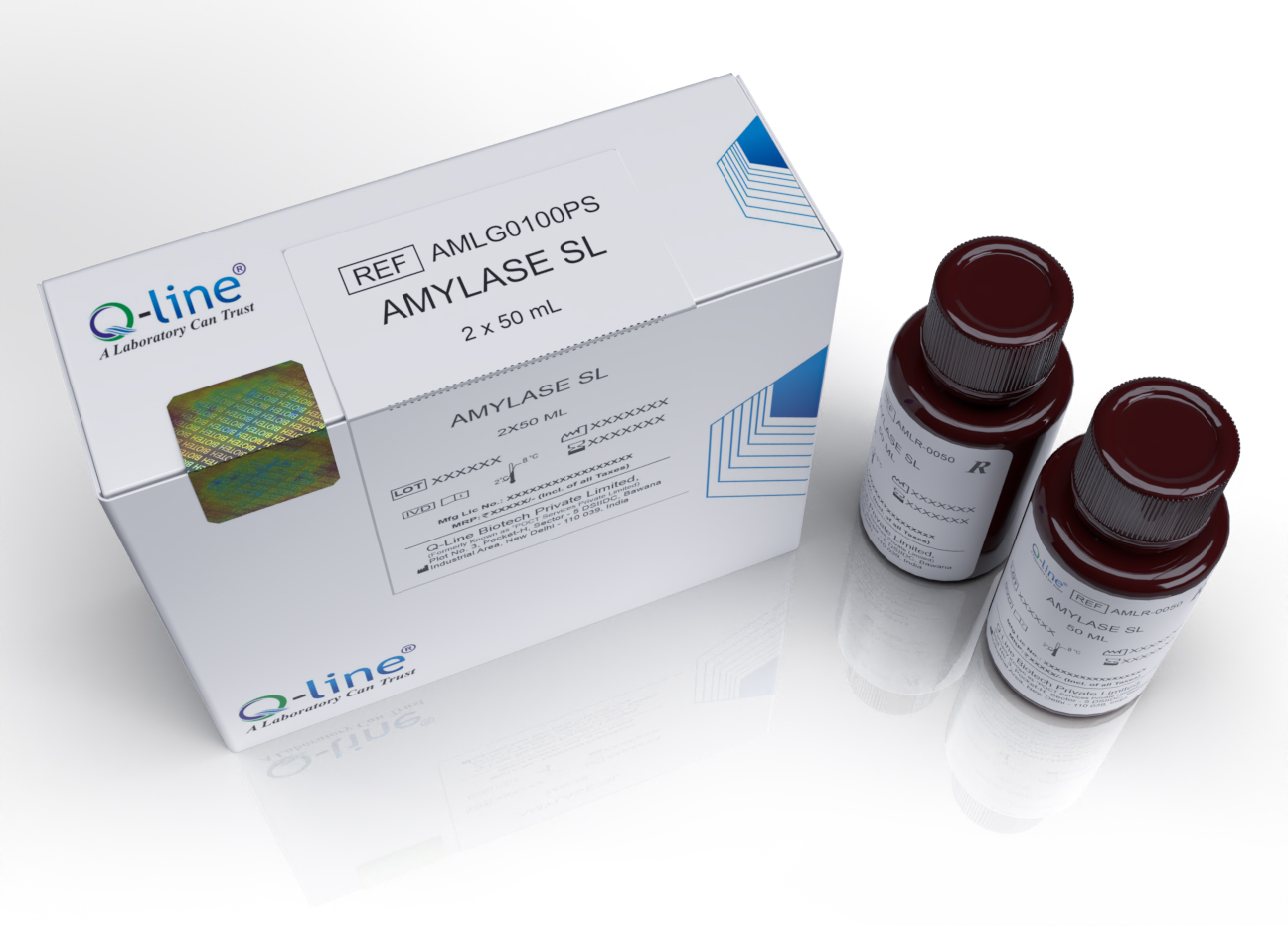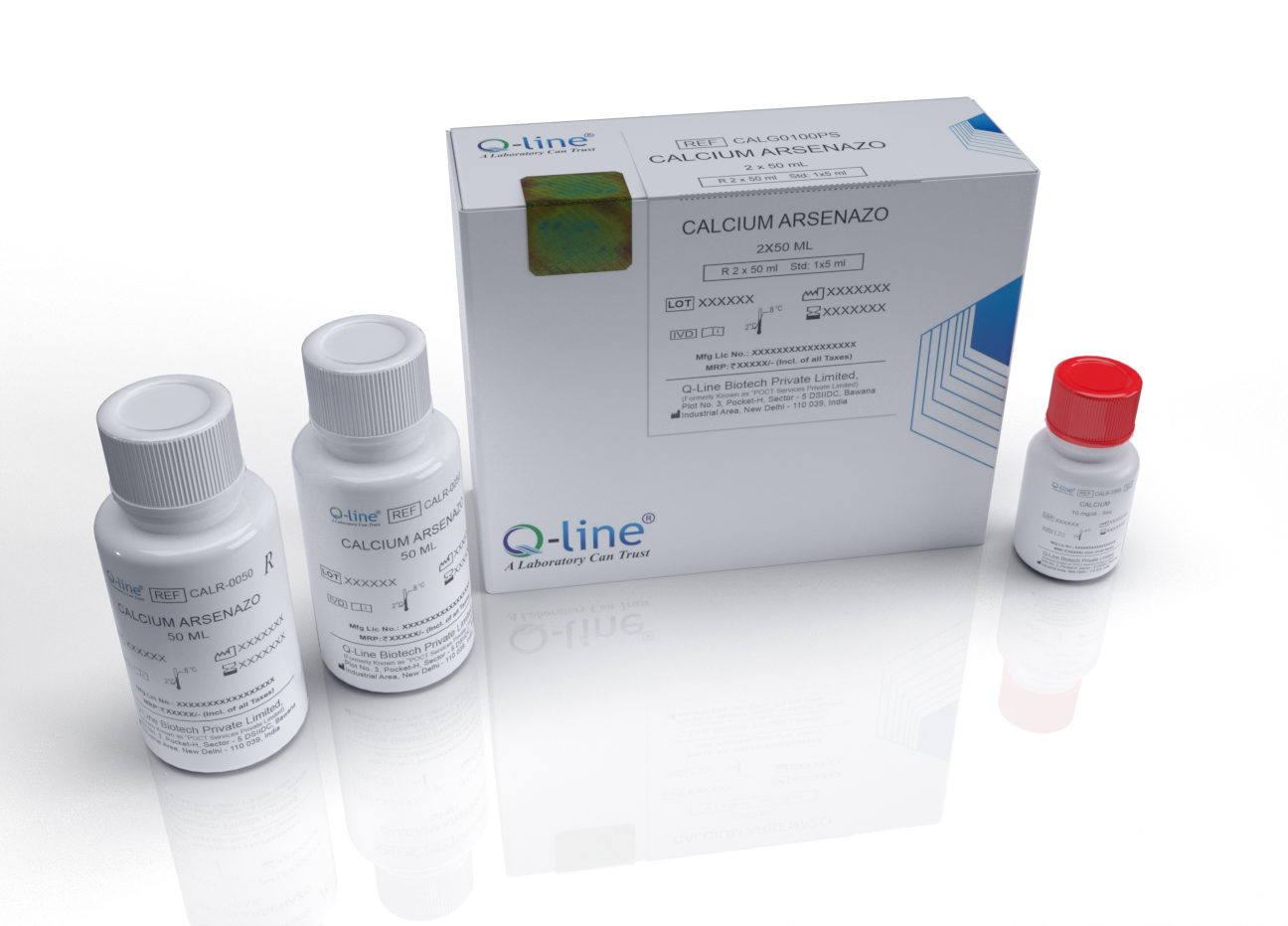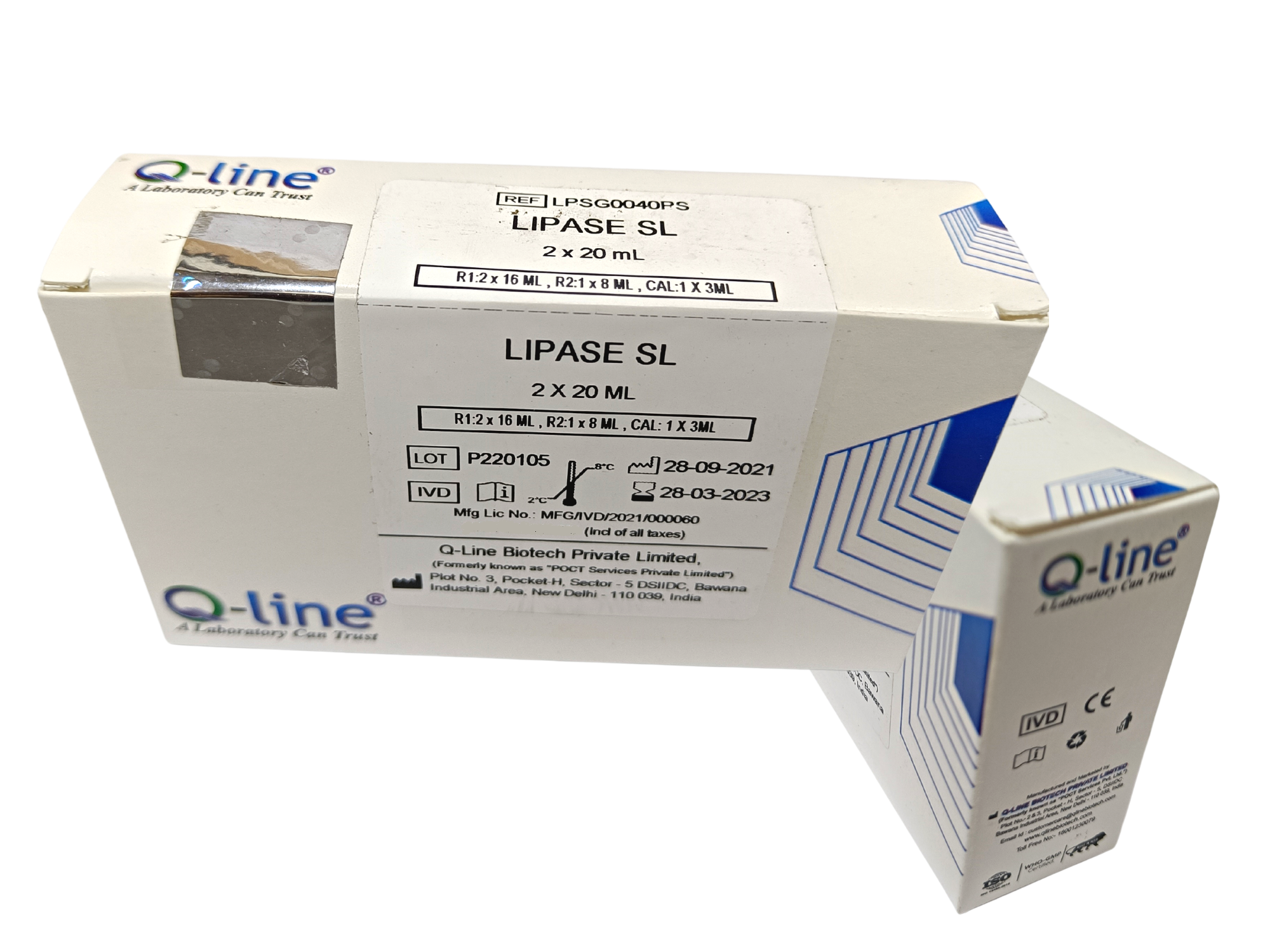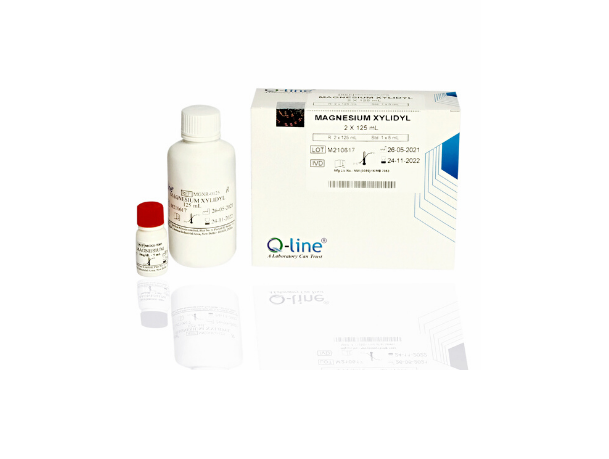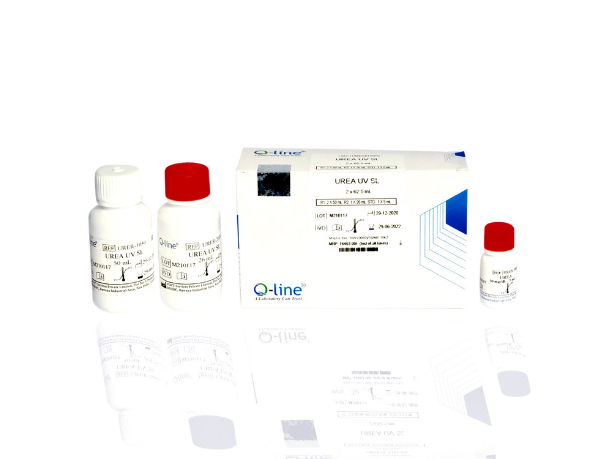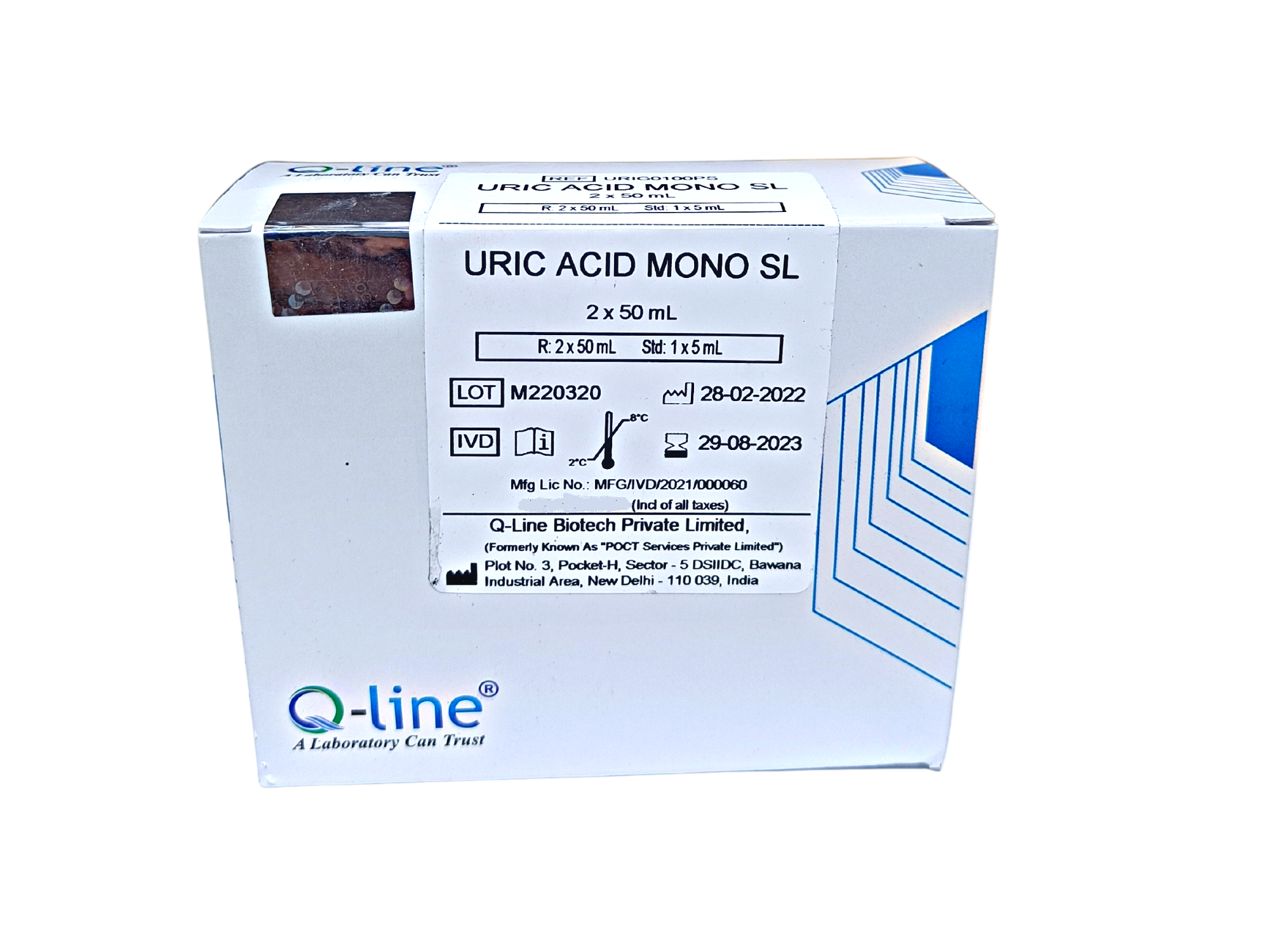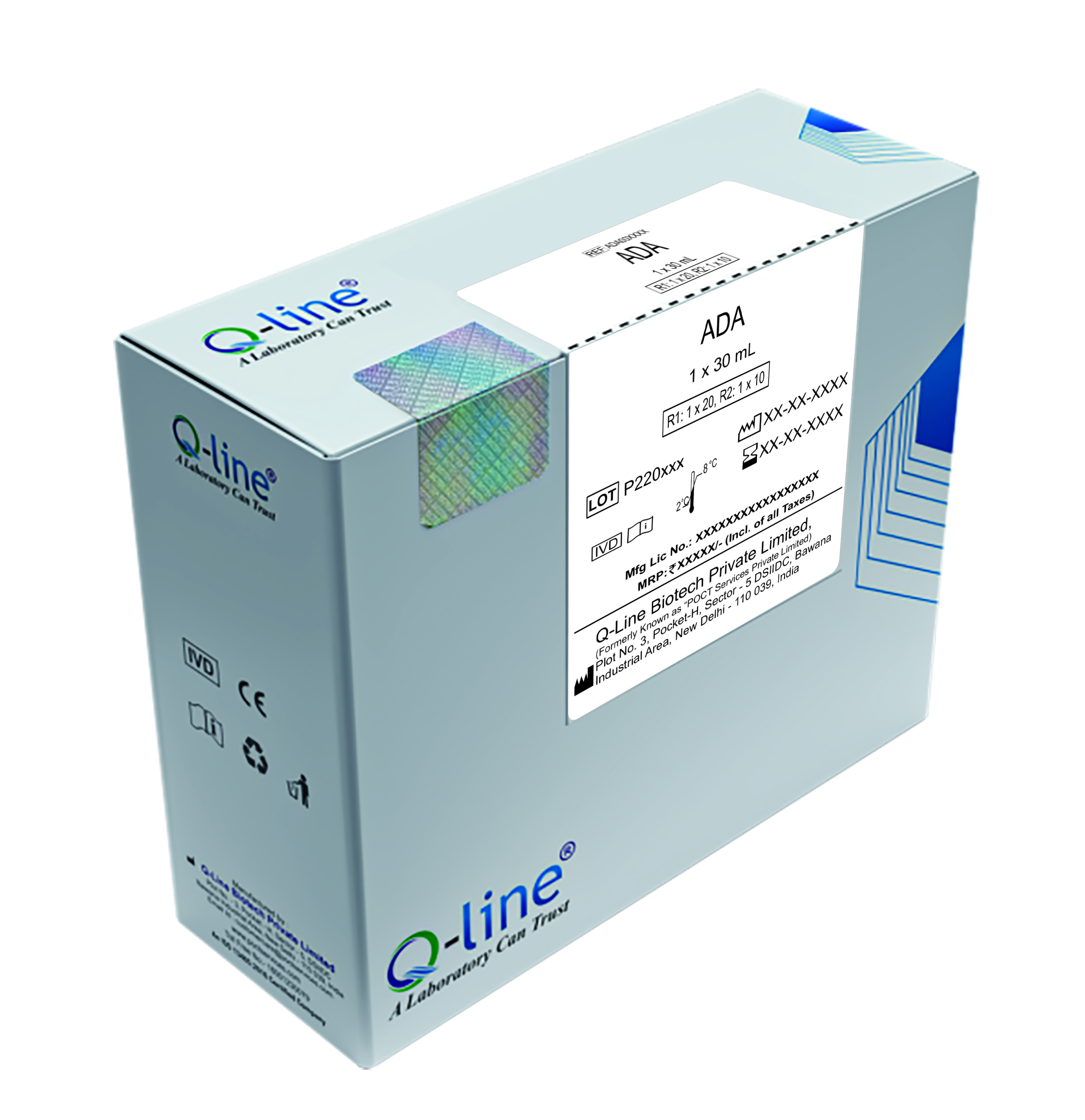Proteins in urine & CSF (total)
Product Description
Pyrogallol red | Colorimetric.
Available Options:
| REF | Volume |
|---|---|
Urinary Proteins.
Proteinuria is associated with cardiovascular and renal disease and is a predictor of end-organ damage in patients with hypertension. Detection of an increase in protein excretion is known to have both diagnostic and prognostic value in the initial detection and confirmation of renal disease. In evaluating the diagnostic accuracy of tests of proteinuria, measurement of protein (or albumin) excretion in a timed urine collection over 24 h has been used as a reference standard.
Non-selective proteinuria:
Proteinuria and microalbuminuria are common in hypertensive diseases. They predict progressive renal failure and also amplify the risk of vascular disease. The heavier the proteinuria the greater the risk of progressive renal failure, whereas even microalbuminuria can amplify the risk of vascular disease. Proteinuria may be classified according to pathophysiologic mechanisms. The identification of the degree and type of proteinuria is vital in determining the underlying etiology. Thus, proteinuria is classified as follows:
- Glomerular proteinuria - typically causes the greatest degree of proteinuria, and when greater than 3.5 g/day is termed nephrotic range proteinuria. This consists mostly of albumin (70%) and other high-molecular-weight proteins (transferrin, immunoglobulin G) (30%).
- Tubular proteinuria - is usually more modest (<2 g/day) and consists of low-molecular-weight (LMW) proteins (?1-microglobulin, retinol binding protein) with albumin accounting for smaller amounts (<30%). Importantly, there is some evidence that this LMW proteinuria may correlate better with degree of interstitial damage than urine total protein.
- Overflow proteinuria - Increased filtration of low molecular weight (LMW) proteins may overload tubular re-absorptive mechanisms. Examples include light chains in multiple myeloma, myoglobinuria, hemoglobinuria, or lysozymuria in leukemia.
- Urinary tract proteinuria (<500 mg) - This may occur with infections or neoplastic lesions in the urinary tract and resembles glomerular proteinuria but may be identified by the additional presence of ?2-macroglobulin.
Selective proteinuria/ Microalbuminuria.
This occurs when permeability to albumin is increased, but without a marked increase in the filtration of other higher molecular weight proteins (immunoglobulins, ?2-macroglobulin). This typically occurs in minimal change disease, and has been used to differentiate minimal change disease from focal segmental glomerulosclerosis (FSGS). However, selective proteinuria may also be found at early stages of FSGS, membranous nephropathy (MN), and diabetic nephropathy (DN). Most believe that selective proteinuria is secondary to deficits in the glomerular charge barrier.
| Microalbuminuria is defined as an albumin: creatinine ratio between around 3 and 30 mg/mmol creatinine. |
| Proteinuria is defined as protein: creatinine ratio > 45 mg/mmol creatinine. |
CSF proteins.
Falling of CSF protein levels below the reference interval occurs invariably as a result of accelerated protein efflux out of the CSF compartment. Other common situations in which lumbar CSF protein values may fall below 20 mg/dl include normal infants and children less than 2 years of age, or in adult patients with acute water intoxication, untreated hyperthyroidism, idiopathic intracranial hypertension (pseudo tumor cerebri), certain forms of leukemia, and after undergoing large-volume CSF drainage procedure or in the setting of a persistent CSF leak. Increased intracranial pressure is also believed to cause low CSF protein levels by accelerating the rate of bulk CSF efflux across the arachnoid granulations without affecting the rate of protein influx from serum.
Elevated CSF protein concentration is the most common CSF abnormality found in patients with spine or spinal cord diseases and hypothyroidism. It occurs in the majority of patients with spinal cord tumors, paraneoplastic myelopathies, radiation myelopathies, vascular malformations, epidural abscesses, syringomyelia with spinal block, and spinal cord trauma. It is also elevated in some patients with transverse myelitis (TM), and it has been associated with epidural hematomas and at least one case of primary spinal cord vasculitis. Other reasons for Mild protein elevation may be caused by viral meningitis, neurosyphilis, subdural haematoma, cerebral thrombosis, brain tumour, multiple sclerosis (rarely >1.00 g/L). Moderate or pronounced elevation may be caused by acute bacterial meningitis, tuberculous meningitis, spinal cord tumour, cerebral haemorrhage, Guillain-Barre syndrome. High CSF protein concentration has been reported to be significantly and independently associated with an unfavorable outcome in patients with primary central nervous system lymphoma (PCNSL).
Product features:
- Pyrogallol red / colorimetric method.
- For testing total proteins of CSF and urine (albumin+globulins).
- Single, ready to use reagent.
- Calibrator (albumin / globulin) is included in the kit.
- Good choice for any analysers having limited reagent positions.
- AMR: between 0 and 4gm/L.
- Programmable on most of the fully automated biochemistry analyzers and semi automatic analyzers.
- CE marked.
Downloads
Video
Additional documents
Request Quote *(NOTE : Before submiting this form. please check your provided information.)
Related Products
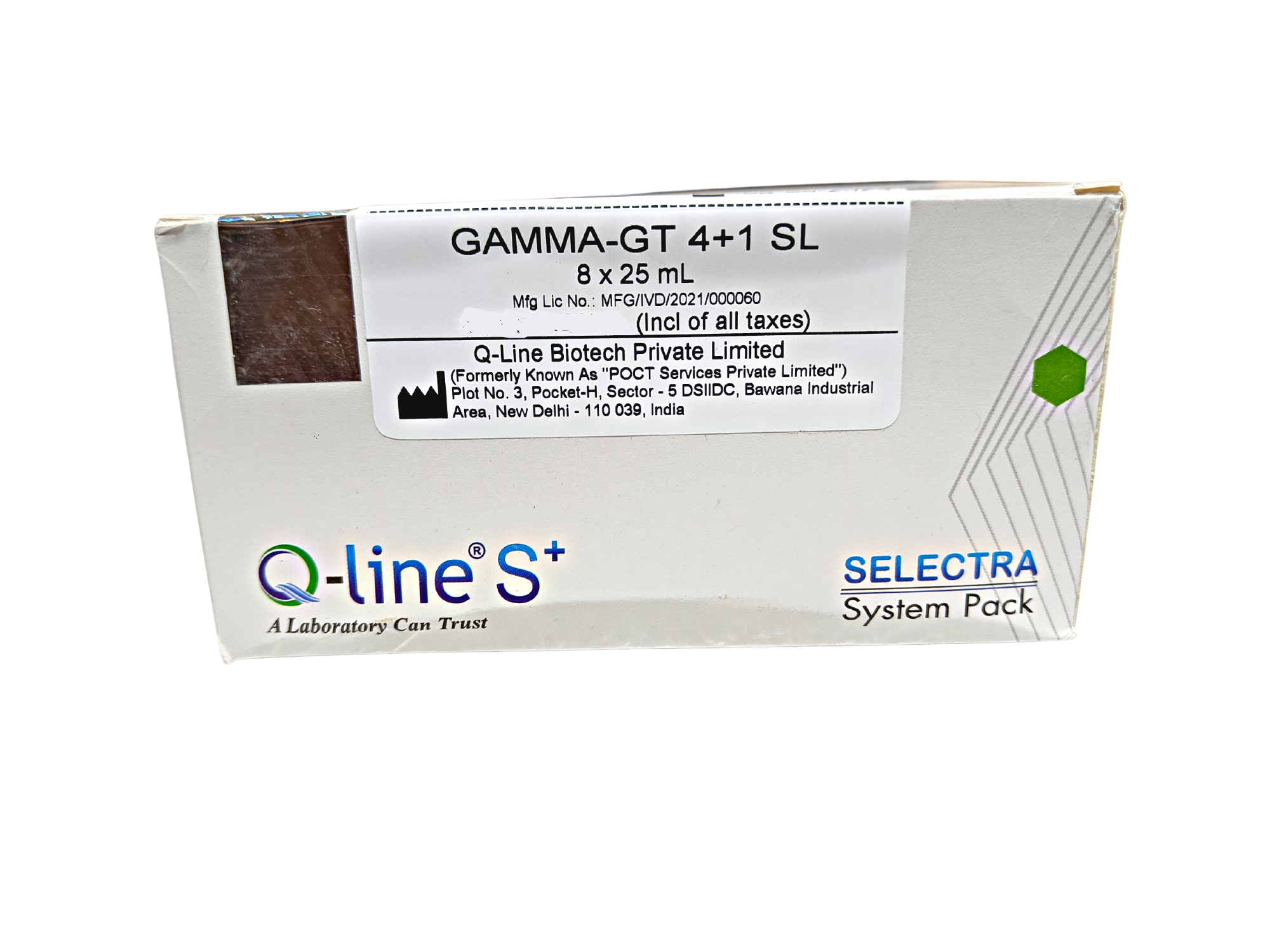

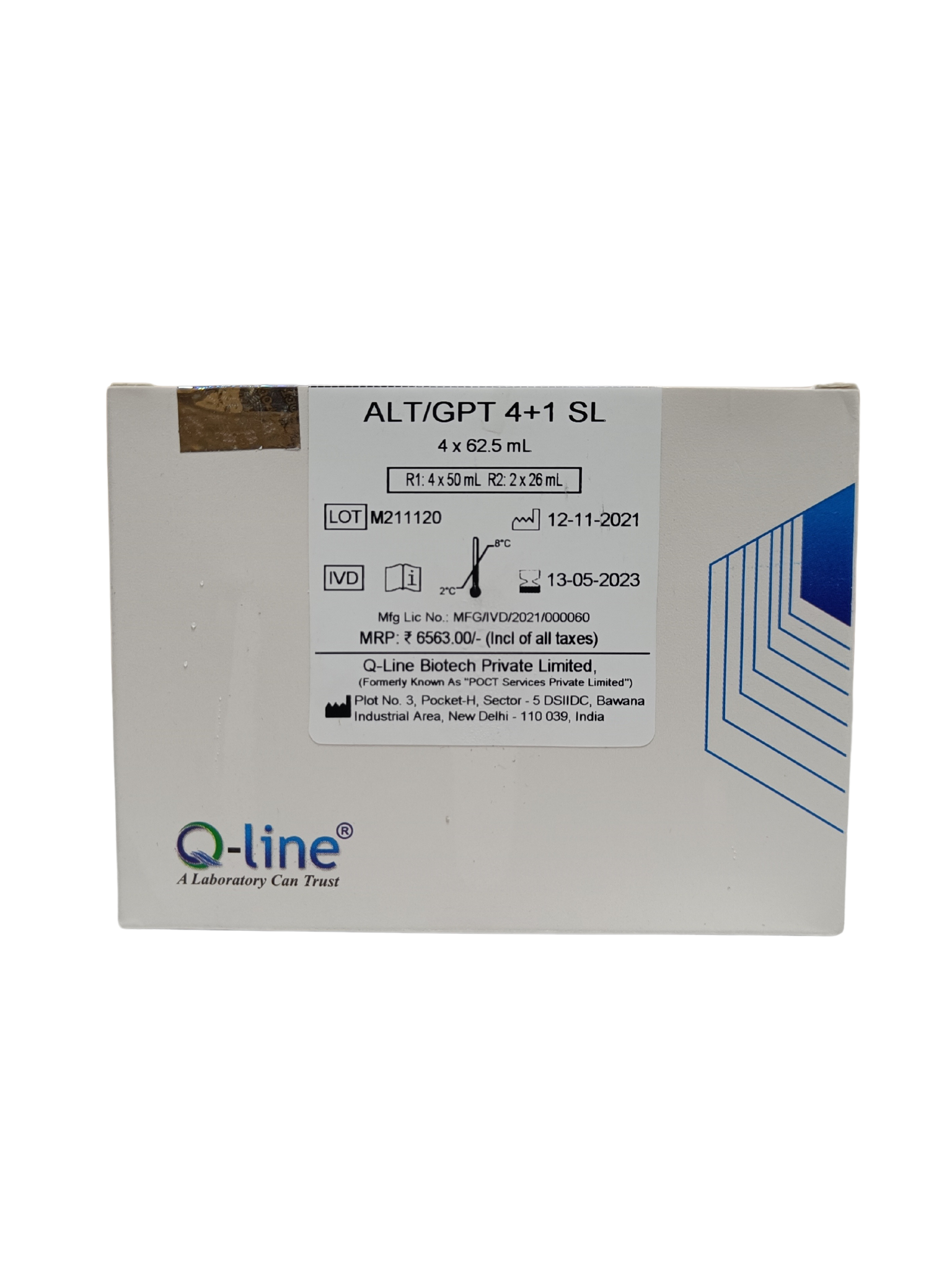
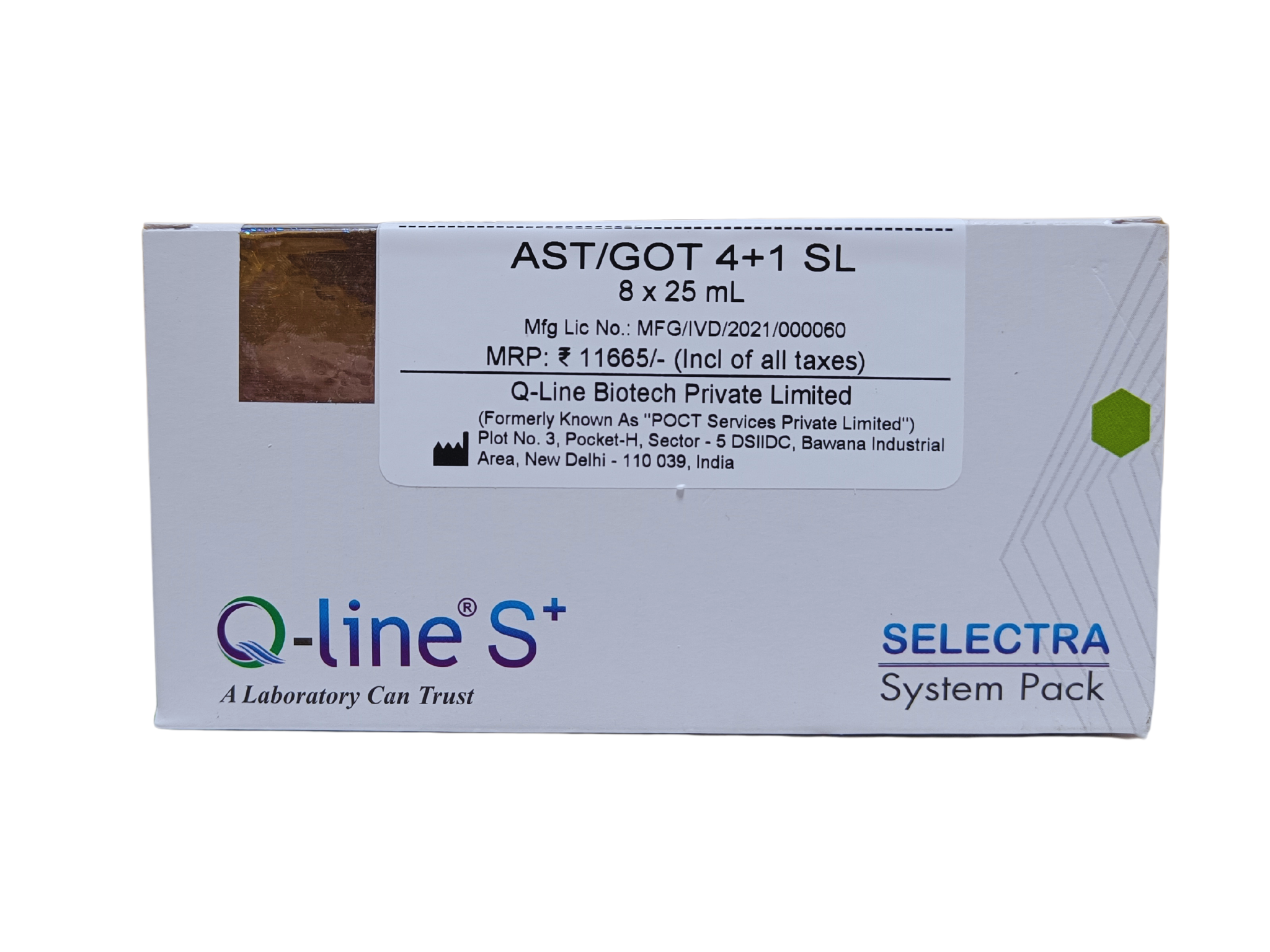

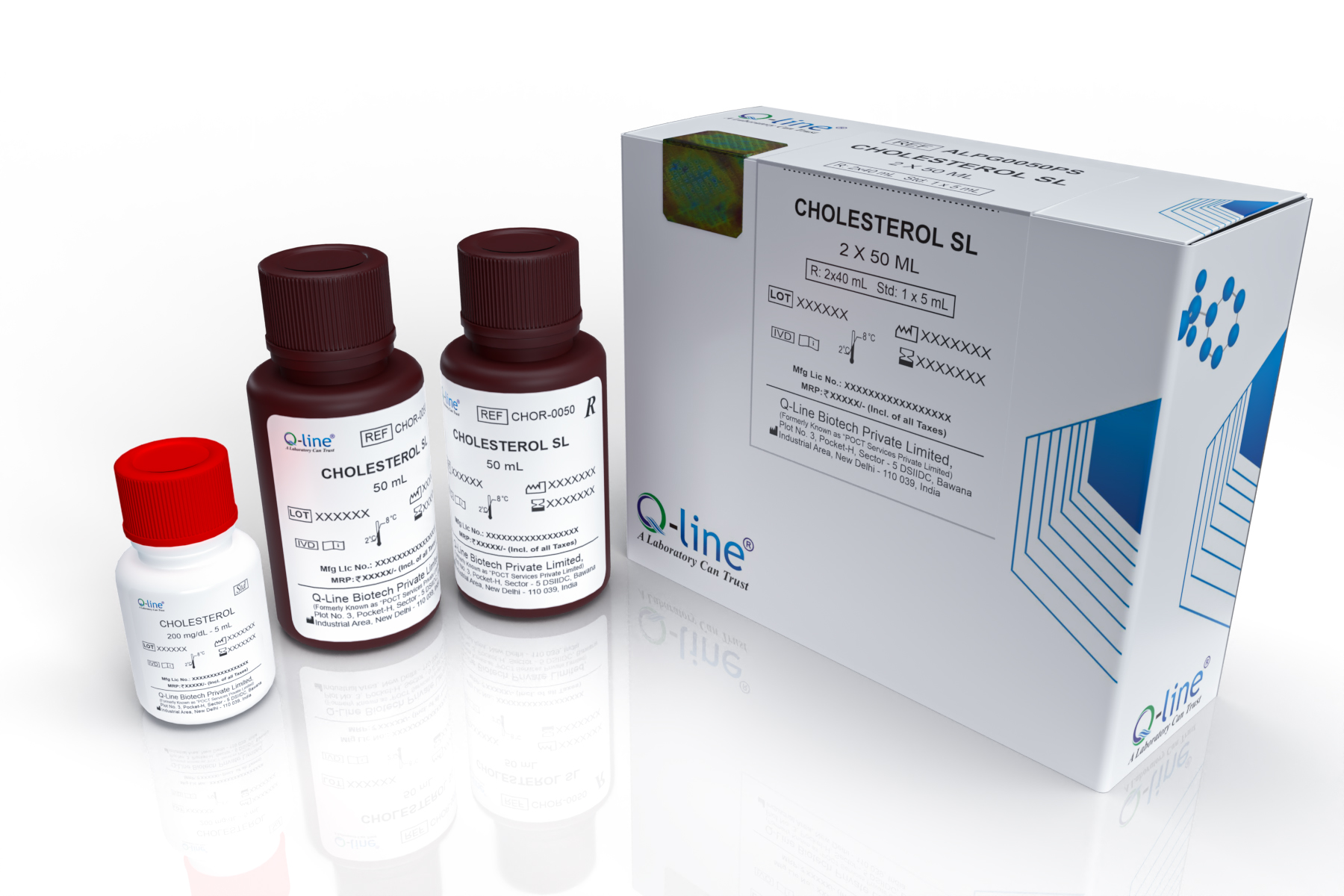
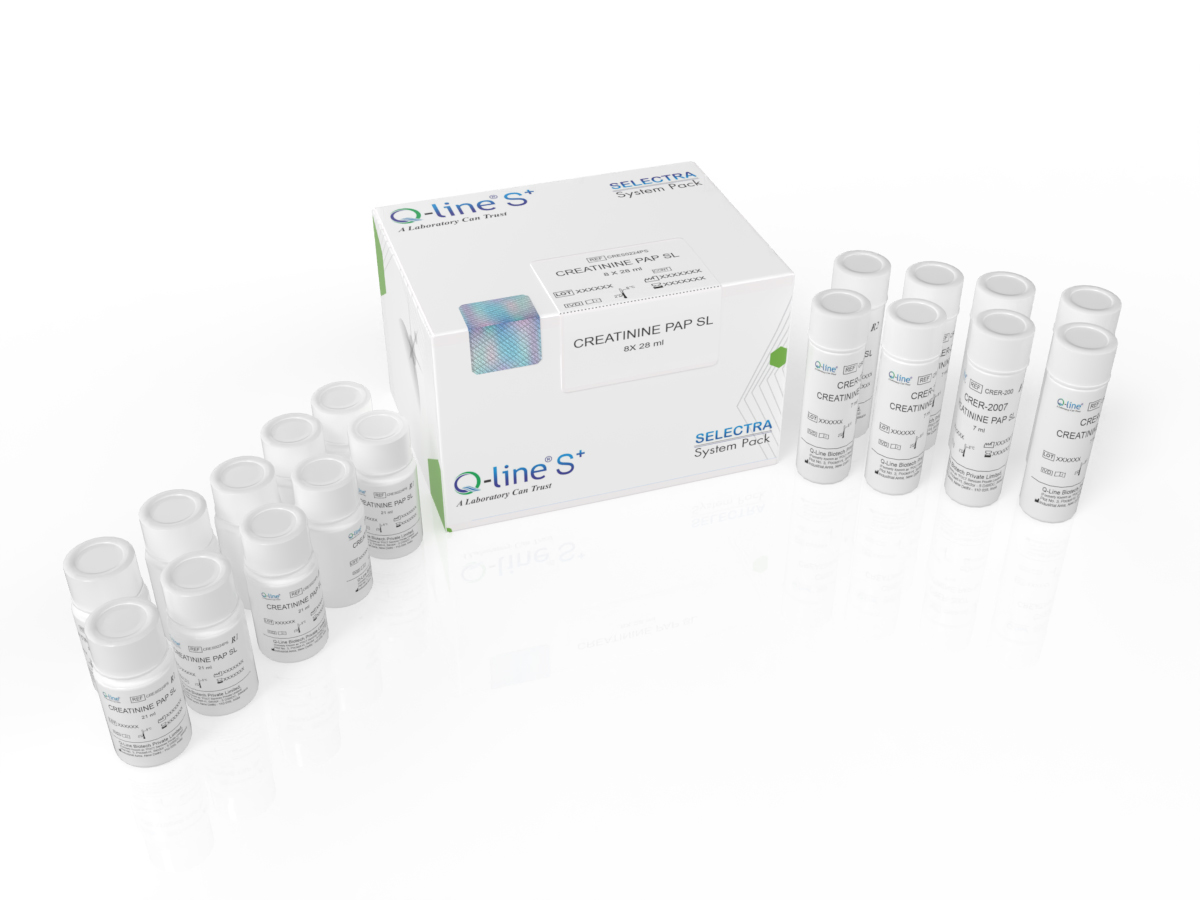



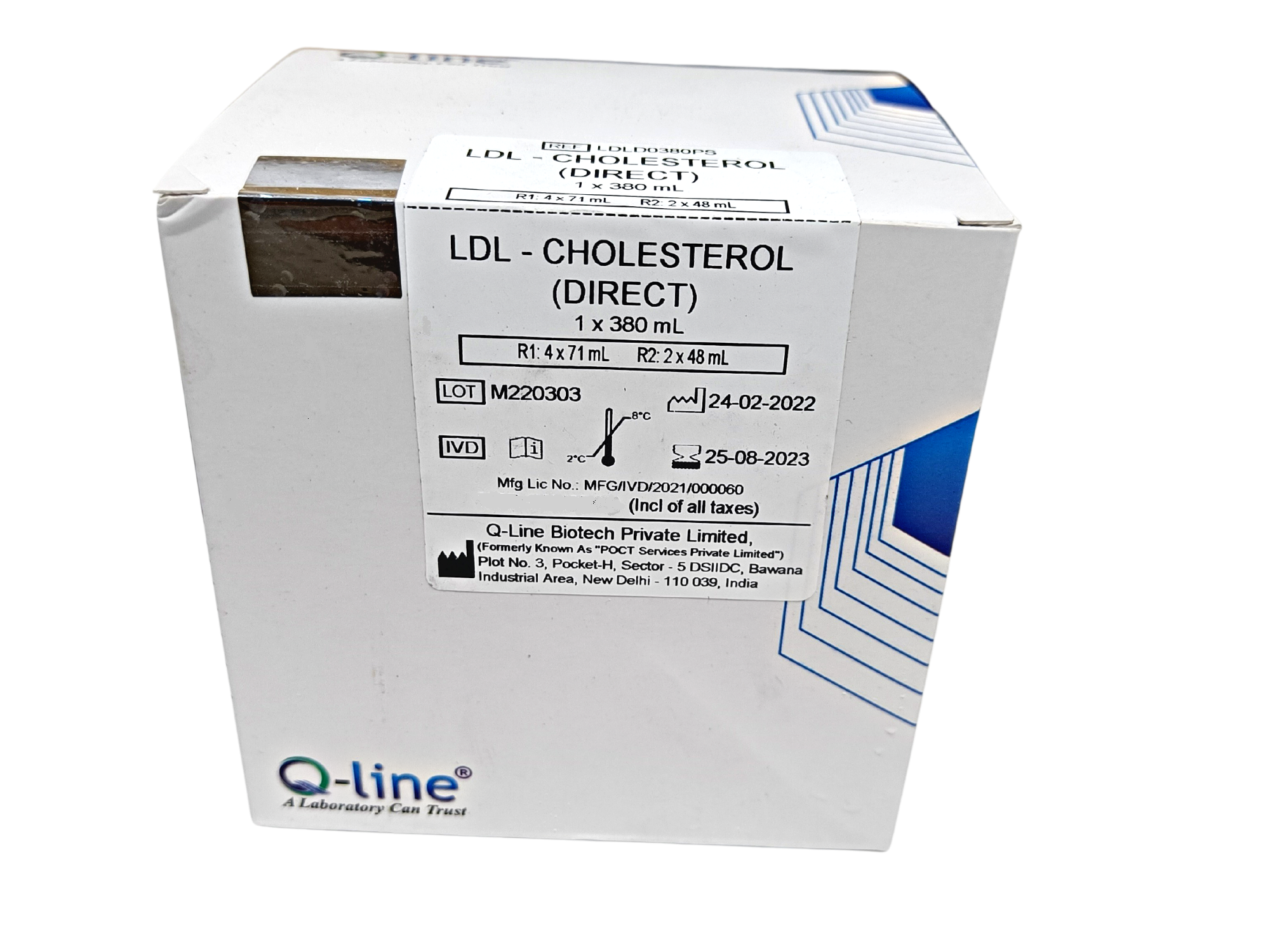
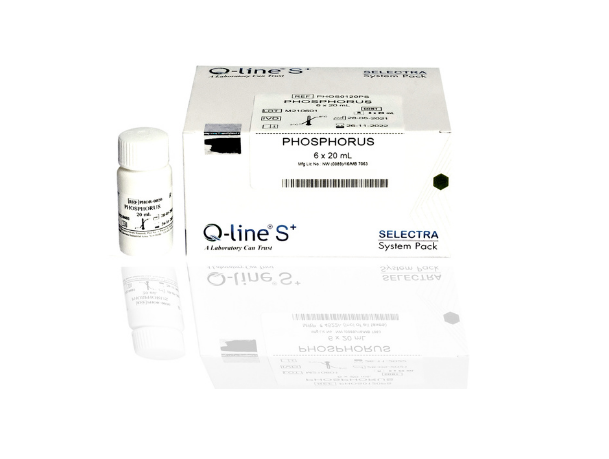
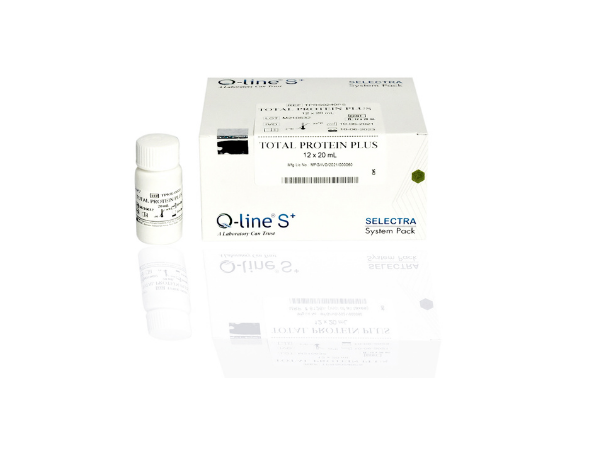
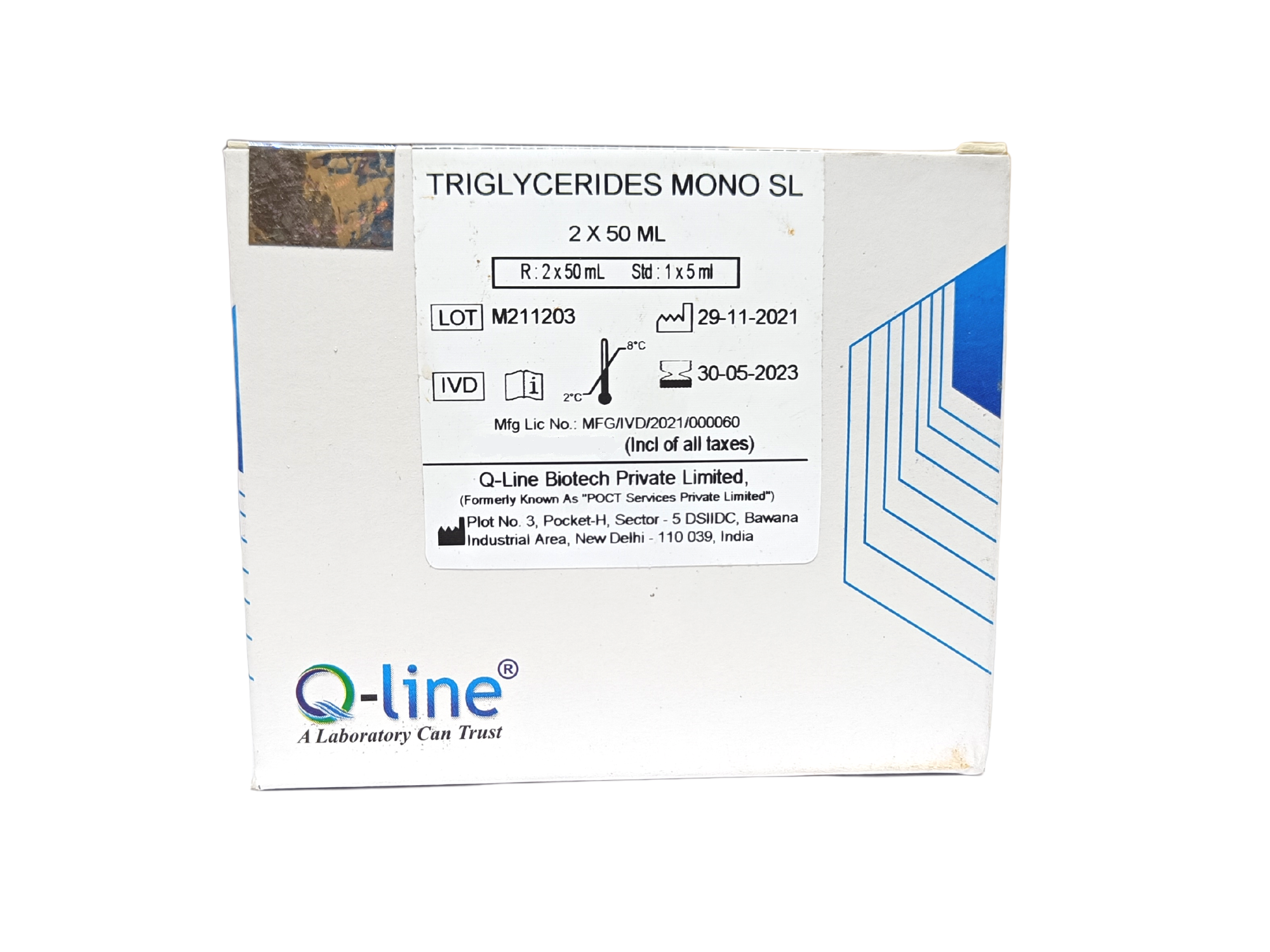
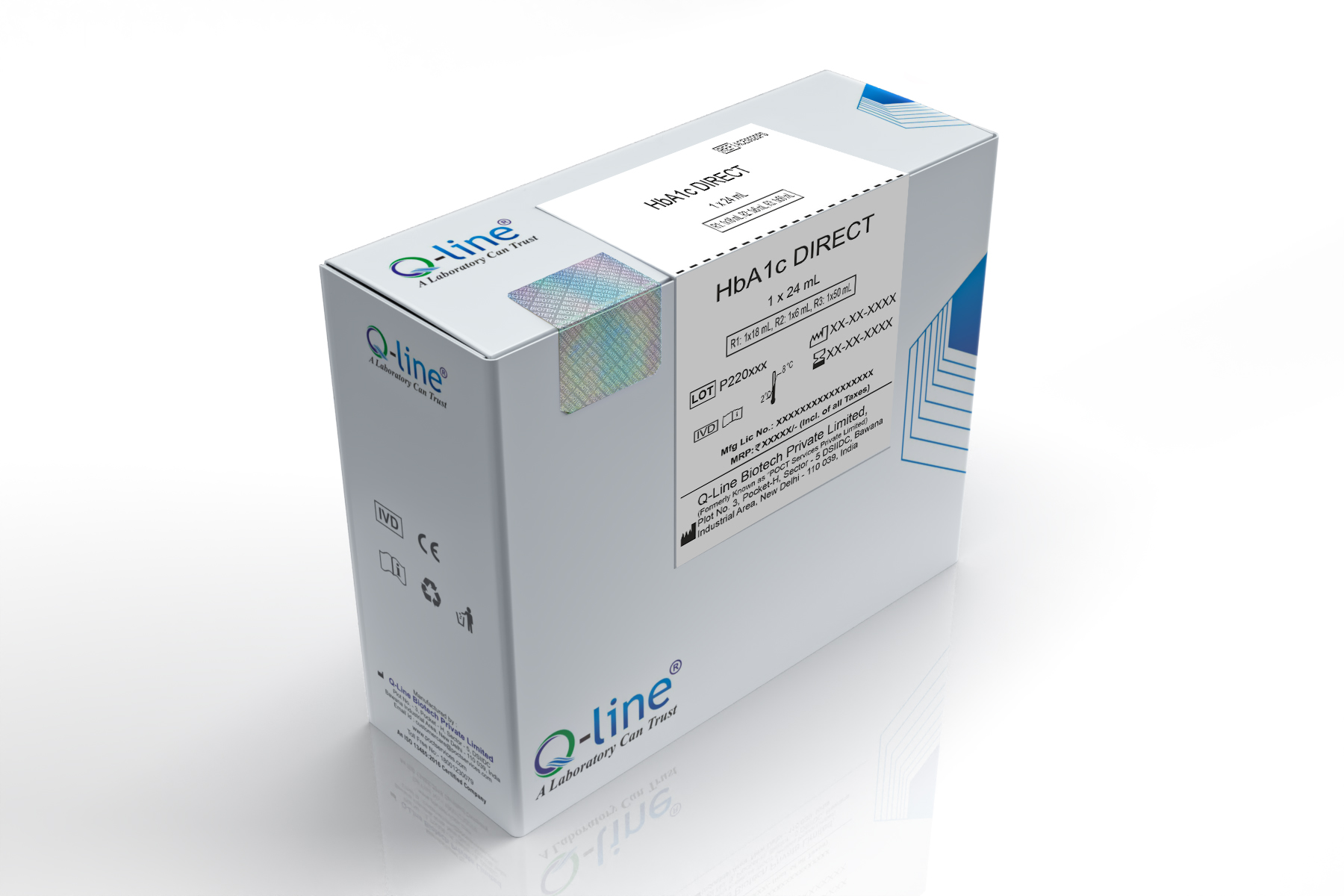



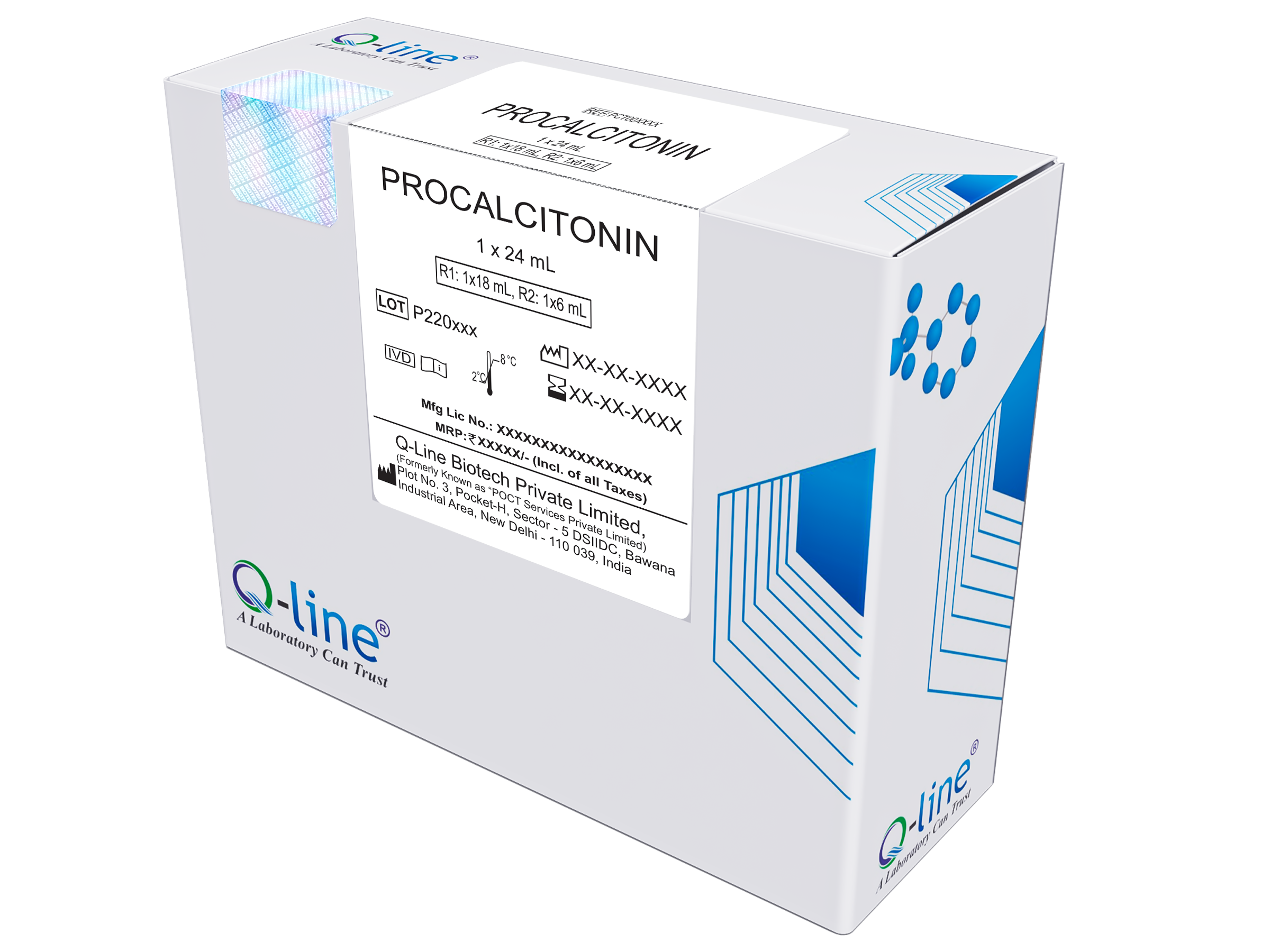























































































 English
English
 French
French
 Spanish
Spanish
 Russian
Russian
 Arabic
Arabic









